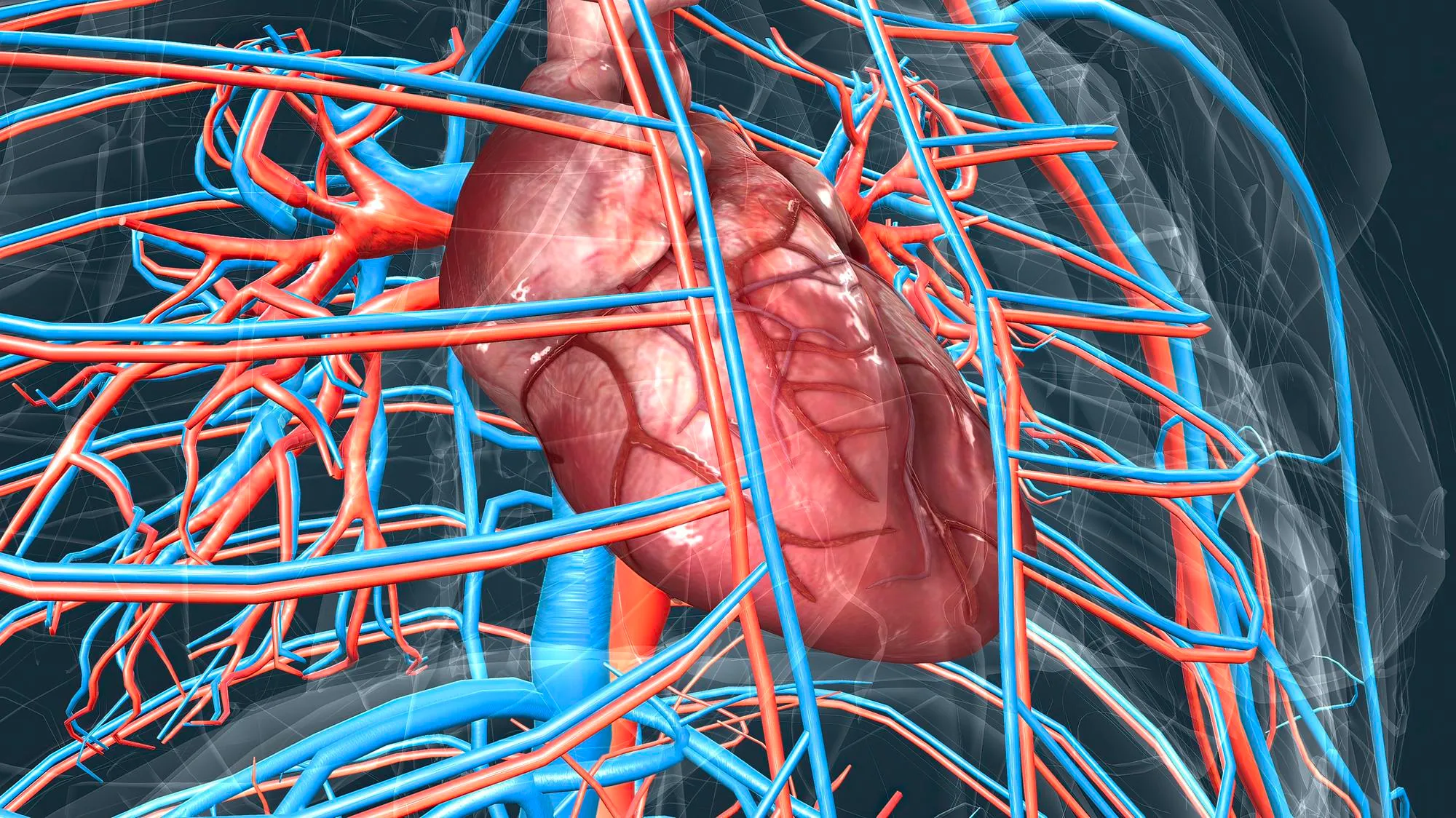In the realm of medical mysteries, it’s not uncommon for clinicians to encounter complex cases where symptoms mislead and standard diagnostic protocols fail to deliver clear answers. Such is the story of a case that emerged from the corridors of St. Vincent’s University Hospital in Dublin, Ireland, where a multifaceted scenario involving unknown fever, acute coronary syndrome, and pan-aortitis unfolded to reveal an occult relapse of large vessel vasculitis. This intriguing case, documented in the BMJ Case Reports, highlights the intricate interplay of symptoms and the critical importance of comprehensive diagnostic approaches. Below, we unveil the enigmatic journey of diagnosis and management that will serve as an instructive tale for medical professionals.
The Patient’s Ordeal
The case, as documented by Abuelmagd et al. (2019), revolves around an elderly female patient who presented with a fever of unknown origin and an acute coronary syndrome. Initial evaluations failed to pinpoint the exact cause of her symptoms, leading to an intense investigative process by the medical team.
The Diagnostic Process
The medical team embarked on an exhaustive search for the underlying cause, a journey that would require them to look beyond the apparent symptoms. The patient’s past medical history of giant cell arteritis (GCA), diagnosed years prior, was a key puzzle piece that guided further evaluations. A thorough investigation was called for to connect the dots between the disparate symptoms.
The Role of Imaging in Diagnosis
Advanced imaging techniques proved instrumental in unraveling the mystery. Positron emission tomography-computed tomography (PET-CT) using fluorodeoxyglucose F18 (FDG), a radioactive glucose analog, revealed inflammatory activity along the aorta and its major branches—a finding consistent with pan-aortitis. This radiologic hallmark was crucial in identifying the relapse of GCA, a form of large vessel vasculitis that primarily affects older adults.
The Importance of Recognizing Vasculitis Relapse
This case underscores an important challenge in managing vasculitis: the risk of relapse. Despite previous treatment and a period of remission, GCA, like other autoimmune conditions, carries the potential for recurrence. It was the acute coronary syndrome, an atypical manifestation of GCA relapse, which provided the first clue of an ongoing inflammatory process involving the large vessels.
The Implications for Clinical Practice
The case reported by Abuelmagd and colleagues emphasizes the importance of a multidisciplinary approach and the use of comprehensive imaging techniques such as FDG-PET/CT in diagnosing and monitoring vasculitis. Specialists in rheumatology, cardiology, and radiology must collaborate closely to ensure that a relapse of GCA is promptly identified and treated to prevent serious vascular events.
The Treatment and Outcome
Following the identification of GCA relapse, the patient was treated with high-dose corticosteroids, which led to a marked improvement in her symptoms and inflammatory markers. This notable response further confirmed the diagnosis and highlighted the efficacy of glucocorticoids in managing GCA.
The Broader Context of Vasculitis Research
The complexities of vasculitis, particularly in GCA, are well-documented in the literature. The American College of Rheumatology 1990 criteria for the classification of GCA, as detailed by Hunder et al. (2010), provide diagnostic guidelines that are crucial for clinicians. The impact of temporal artery biopsy on surgical practice, explored by Cristaudo et al. (2016), emphasizes the role of histopathology in GCA diagnosis, though it may not always capture the disease’s extent. Furthermore, recommendations by Slart et al. (2018) on FDG-PET/CT imaging in large vessel vasculitis highlight the utility of this modality in visualizing inflammation beyond the classical cranial manifestations.
In cases of suspected GCA with negative temporal artery biopsy, diagnostic performance is greatly enhanced by FDG-PET-CT, as suggested by Hay et al. (2019). This is complemented by the use of temporal artery ultrasound, whose diagnostic performance is evaluated in systemic reviews and meta-analyses, such as the one conducted by Rinagel et al. (2019). Studies like those by Conway et al. (2019) contribute to the understanding of predictors and performance characteristics of temporal artery ultrasound, which can aid in non-invasive and rapid diagnostics.
Conclusion
The multifaceted case depicted by Abuelmagd and colleagues reveals the intricacies of diagnosing and managing relapses in large vessel vasculitis, and serves as a reminder of the potential for serious vascular complications. By unlocking the complexities of an initially baffling presentation through advanced diagnostics and interprofessional cooperation, this case contributes to the broader narrative of personalized and precise medical care.
References
1. Abuelmagd, A., Ali, I., Murphy, D., & Molloy, E. (2019). Connecting the dots: a story of unknown fever, acute coronary syndrome and pan-aortitis-an occult relapse of a large vessel vasculitis. BMJ case reports, e230424. doi: 10.1136/bcr-2019-230424
2. Hunder, G. G., Bloch, D. A., Michel, B. A., et al. (2010). The American College of Rheumatology 1990 criteria for the classification of giant cell arteritis. Arthritis & Rheumatism, 33(8), 1122–8. doi: 10.1002/art.1780330810
3. Cristaudo, A. T., Mizumoto, R., Hendahewa, R. (2016). The impact of temporal artery biopsy on surgical practice. Annals of Medicine and Surgery, 11, 47–51. doi: 10.1016/j.amsu.2016.09.004
4. Slart, R., Writing group, Reviewer group, et al. (2018). FDG-PET/CT(A) imaging in large vessel vasculitis and polymyalgia rheumatica: joint procedural recommendation of the EANM, SNMMI, and the PET Interest Group (PIG), and endorsed by the ASNC. European Journal of Nuclear Medicine and Molecular Imaging, 45(7), 1250–1269. doi: 10.1007/s00259-018-3973-8
5. Rinagel, M., Chatelus, E., Jousse-Joulin, S., et al. (2019). Diagnostic performance of temporal artery ultrasound for the diagnosis of giant cell arteritis: a systematic review and meta-analysis of the literature. Autoimmunity Reviews, 18(1), 56–61. doi: 10.1016/j.autrev.2018.07.012
DOI for the case study: 10.1136/bcr-2019-230424
Keywords
1. Giant Cell Arteritis Relapse
2. Large Vessel Vasculitis Diagnosis
3. FDG-PET/CT in Vasculitis
4. Acute Coronary Syndrome Vasculitis
5. Fever of Unknown Origin Arteritis
The information presented in this news article is based on case report data prior to the knowledge cutoff; newer research and clinical guidelines may have since been established. Always consult current medical literature and clinical sources for the latest information.
